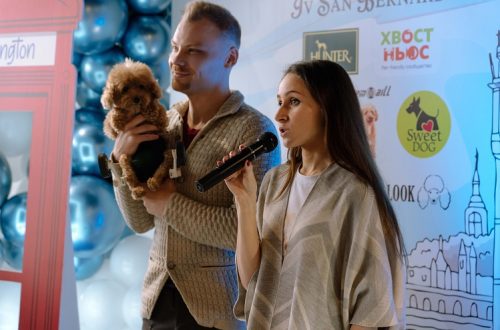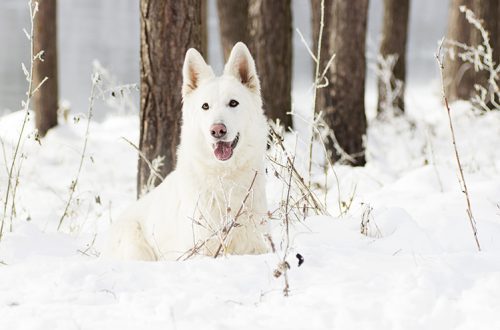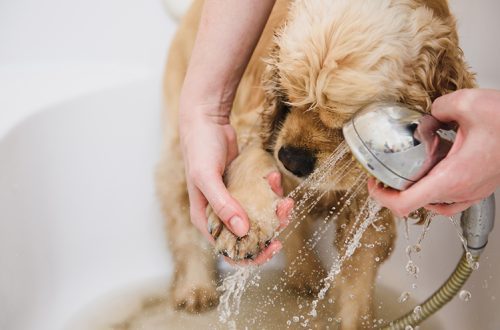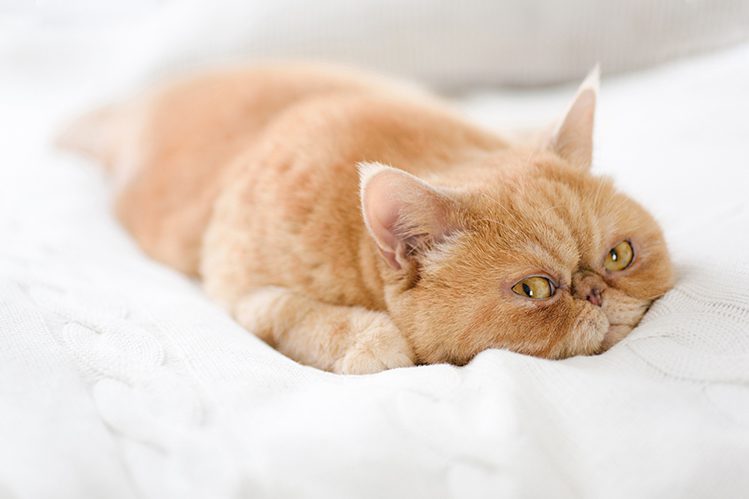
Dogs and cats are brachycephalic
What breeds of dogs and cats are called brachycephalic? What distinguishes brachycephalic from other pets? Do they need special care? Let’s talk about this in our article.
The medical term brachycephaly is derived from the fusion of the Greek words brachys (short) and kephale (head) and means a shortened skull.
In simple terms, cats and dogs with “flat”, flattened muzzles are classified as brachycephalic. This is a separate group of breeds that is valued and adored all over the world. You can’t confuse these beauties with anyone else! But a short muzzle is not just an exotic appearance, but also a special care. Every responsible owner should know about them.
The brachycephalic cats include Persian, Scottish, British cats, exotics and manuls.

Popular breeds of brachycephalic dogs: Bulldogs, Boxers, Pugs, Pekingese, Sharpei, Boston Terriers, Shih Tzu, Japanese Chins, Affenpinschers, Griffons.
There are many brachycephalic pets and they are very popular. You have definitely seen a brachycephalic cat in one of your friends and every day you meet brachycephalic dogs on the street.
The flattened muzzle is a genetic feature of the breed that breeders have been strengthening for decades. In the litter of other cats and dogs, a baby with a flat muzzle may appear, but this will be a rare genetic mutation.
Brachycephals are charming animals with a memorable appearance and good-natured temperament. Some of them are serious and brutal in appearance, others resemble funny cartoon characters. The short muzzle gives the breed a special charm and generally does not affect the well-being and quality of life of the pet. Brachycephaly is not a disease.
However, there are physiological features that distinguish brachycephals from other breeds. To provide competent care for a pet, they must be taken into account. This is especially true in older dogs and cats. Here are the features.
Difficulty breathing, shortness of breath. Dogs and cats with flattened muzzles have anatomically narrowed nostrils and stenotic vessels.
Tendency to eye diseases, discharge from the nose. The reason is the altered structure of the nasolacrimal canal.
Tendency to heart failure in old age. It comes from breathing problems.
Tendency to respiratory diseases, cough.
Tendency to bloating.
Snoring and snoring. Due to narrowed nostrils, brachycephals often snore, snore and breathe loudly. The future owner needs to be prepared for this.
Scared? Not worth it. Forewarned is forearmed. The more you know about your pet’s weak points, the easier it will be to prevent possible troubles.
Caring for cats and dogs with flat faces is generally the same as for other pets. You will not need to perform any complex specific procedures. But a number of factors need to be considered more carefully.
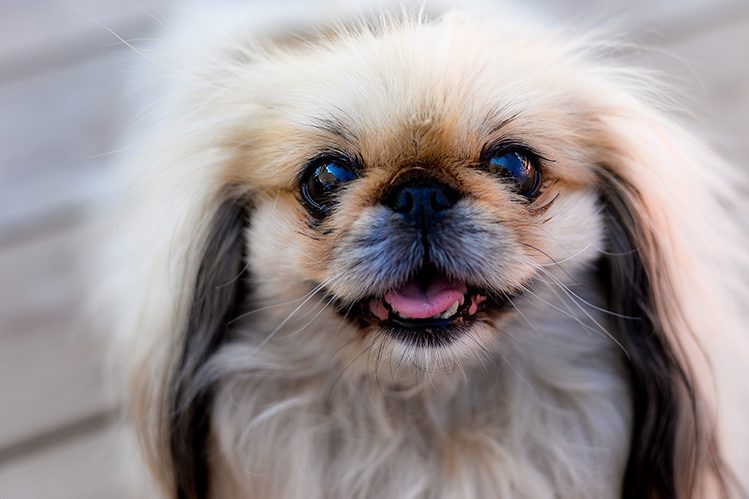
Brachycephalics are not track and field athletes. They have difficulty breathing and quickly overwork. These pets should not be chased. They are more suitable for quiet walks and games.
Avoid overheating! Overheating for brachycephalic is especially dangerous. Dogs and cats with flat faces have a harder time breathing and regulating body temperature through breathing. Therefore, the consequences of overheating can be the saddest.
Do not leave your pet in a stuffy unventilated room, in direct sunlight, in the heat. Do not let him overheat and get tired.
Don’t overfeed. Brachycephalic tend to be overweight. And overweight instantly worsen the condition of the dog.
Avoid stress. Strong experiences are an additional burden on the cardiovascular and respiratory systems. Try to provide your pet with a comfortable, calm environment on an ongoing basis.
Clean your eyes and ears regularly. To do this, use a clean medical tissue (separately for each eye and ear), a special lotion for cleaning eyes and ears.
Keep your pet away from drafts. After bathing, be sure to dry the coat with a towel or hair dryer.
In the cold season, walk the dog in special warm clothes. Make sure that at home the pet has a warm bed with sides. The house is ideal for cats. Don’t let your cat lie on a cold windowsill. Place a bed with sides on the windowsill or lay a warm blanket.
It is better to avoid long transportations and flights in an airplane. And if you still need to travel far, take care of sedatives for your pet.
Have your pet regularly monitored by a veterinarian. The older your pet is, the more often you need to go to appointments. Even if outwardly nothing bothers the dog or cat.
At a young age, brachycephals rarely worry about anything. They live a full life and are unaware of their weaknesses. They differ from other dogs and cats only in a calmer temperament. But with age, the physiological features of the structure of the skull begin to lead to health problems. Most of them are easy to prevent or minimize if you act quickly. Therefore, the state of the brachycephalic is very important to keep under strict control.
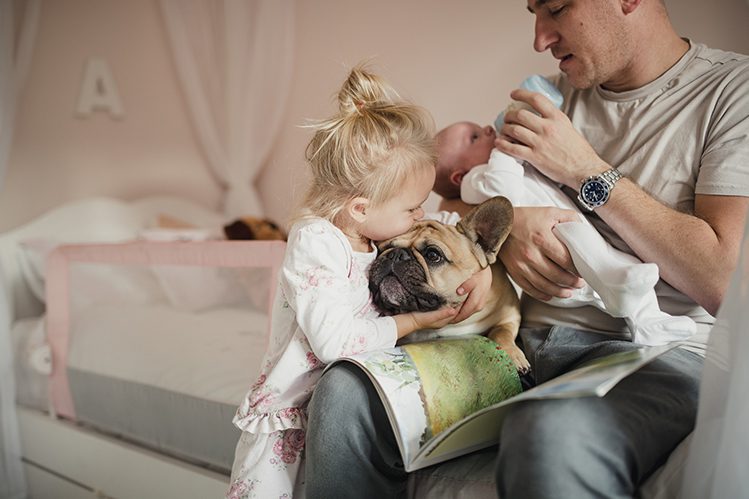
Brachycephals are ideal pets for families with children, a calm person and the elderly. Their exotic appearance is harmoniously combined with a soft, calm temperament. If you have always dreamed of such a pet – get it, and do not be afraid of anything! Each breed has its own characteristics, but a lot depends on the quality of pet care. That is, from ourselves!
Good health to your pets!



